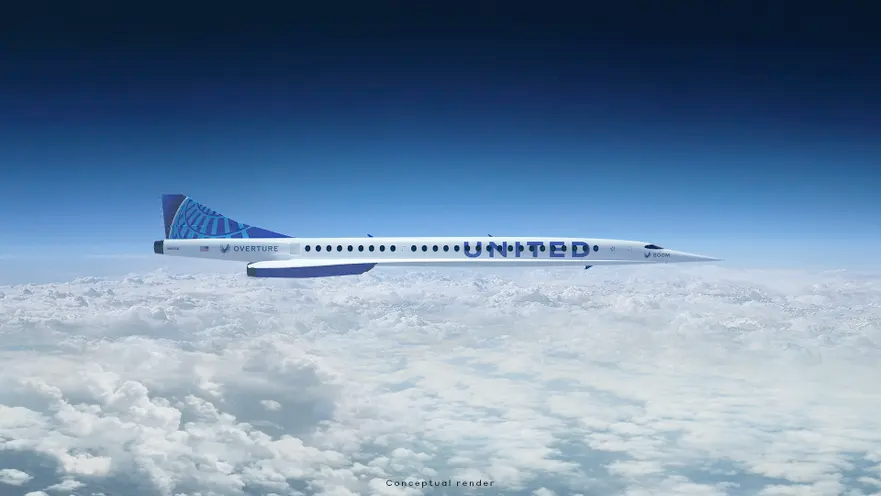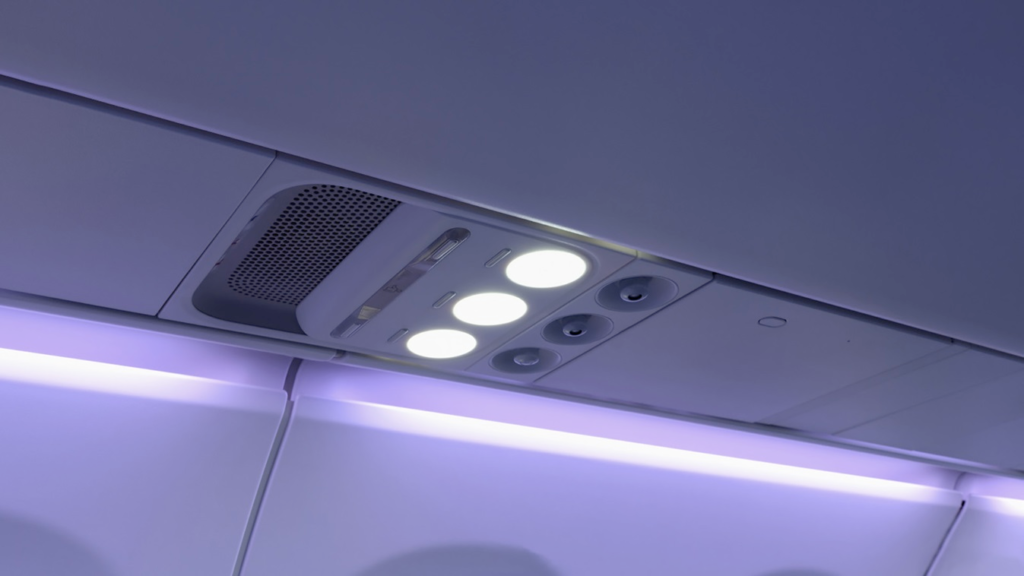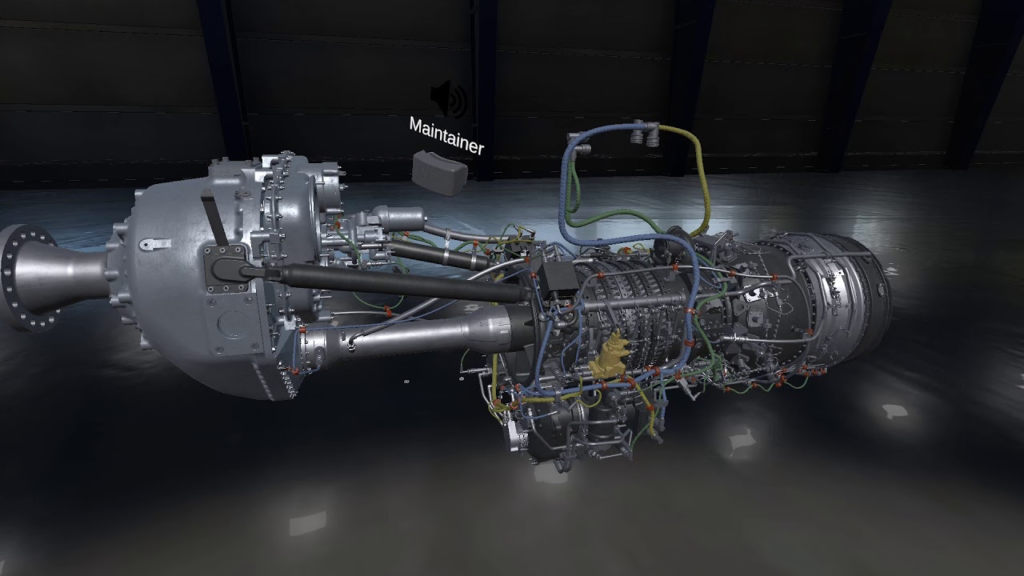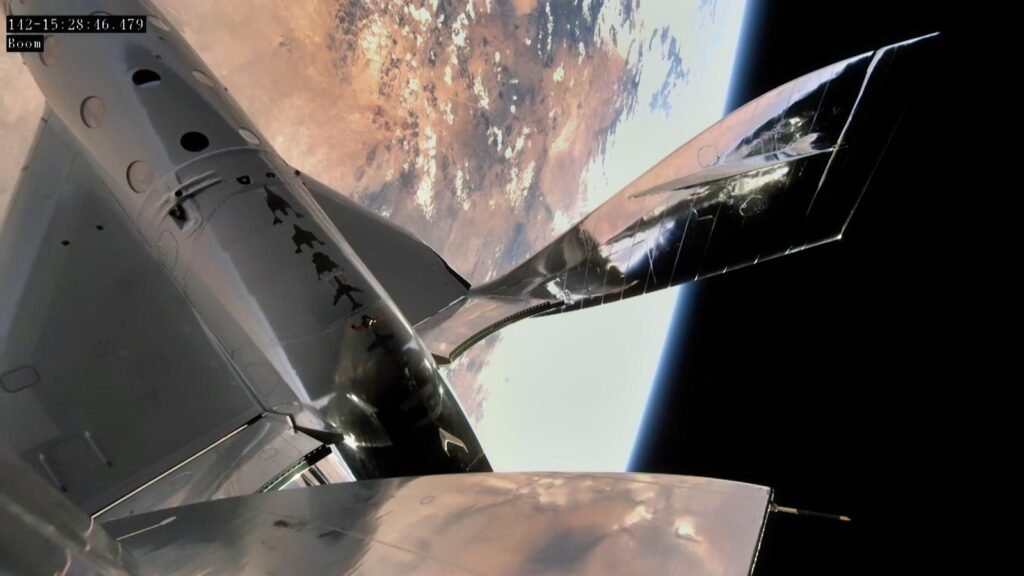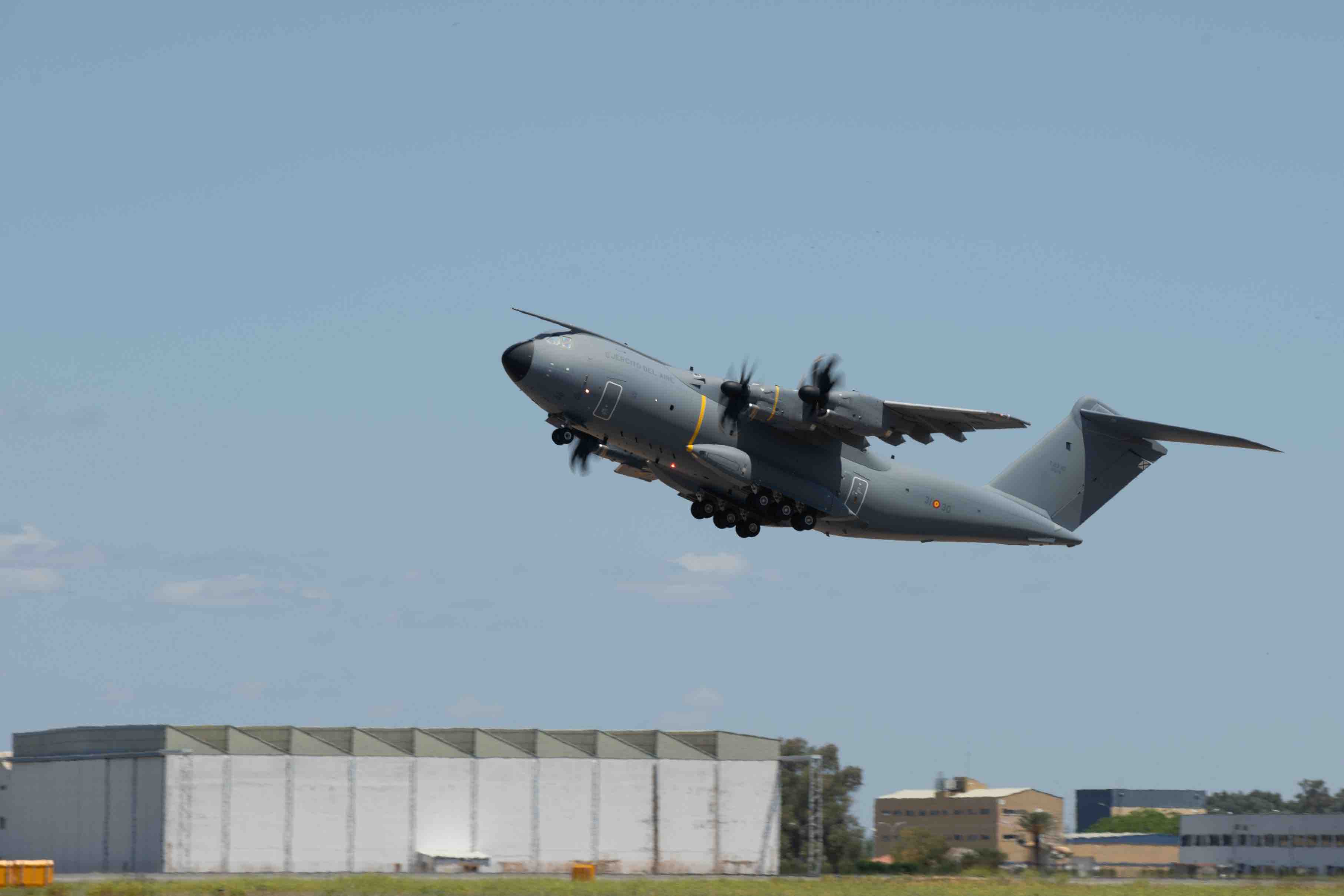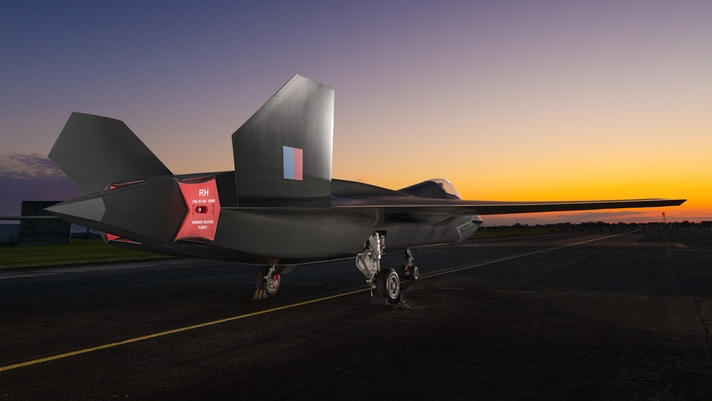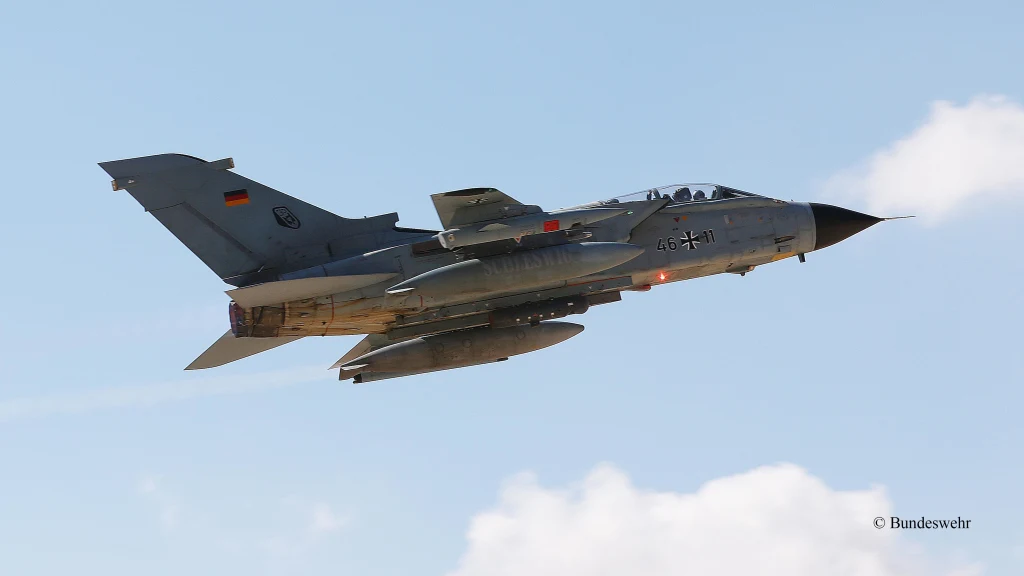United Signs Agreement to Buy Aircraft from Boom Supersonic
PRNewswire/ -- United Airlines (NASDAQ: UAL) today announced a commercial agreement with Denver-based aerospace company Boom Supersonic to add aircraft to its global fleet as well as a cooperative sustainability initiative – a move that…
